‘Why Viewability Matters’, an eye opener by BARC India
After a successful partnership in the first edition of Zee MELT, BARC India pulled off an encore this year – with a packed session on ‘Understanding Viewability In Today’s Digital Era’. The session boasted of a high profile panel of speakers: Partho Dasgupta, CEO, BARC India, Brian Murphy, VP, Product Management, Integral Ad Science; Paul Goode, SVP, Strategic Partnerships, comScore and Guy Barbier, Business Lead of India, MOAT. The session was moderated by Senior Journalist Gurbir Singh.
Partho set the agenda for the discussion in his opening remarks by posing the key question: Why does viewability matter? He elaborated that statistics, even from relatively more mature markets, underscore the fact that “Served Ads do not mean Viewable Ads”. Partho elaborated that Viewability is a Digital advertising metric that aims to track impressions that are actually seen by users, and must satisfy certain agreed minimum requirements. He added that Digital Measurement is still evolving across the globe and it's important for us in India to learn from global practices.
Guy said that for online advertising to be more effective, brand marketers need to have a consistent measure of success, for which agreeing on common ground on “Viewability” is crucial. Various markets are defining benchmarks for viewability, which often yield varying numbers. In the US, according to the MRC, both mobile and desktop ads are considered viewable if they occupy at least 50% of display space, and are displayed for 1 continuous second. For video, the corresponding threshold is 50% and 2 continuous seconds.
He emphasized that the right denominator for an online marketer should be attention, as there is a finite amount of time and limited opportunity, especially in mobile, for marketers to reach a targeted audience and have an impact. He also touched on the point that consumers are voting on user experiences by installing ad
blockers, and cited that over the last year and a half global ad-block users on desktop have gone up from about 180 mn to over 210 mn, sourced from KBN internet trends, and that consumers will respond to a better ad experience."
Paul focussed on the lack of clarity in the advertising environment over time, which explains why verification has become such a hot topic and why the need for viewability and IVT protection is being felt. Earlier marketers chose traditional route of site specific buys: this gave clarity on audience and where the advertising ran, but also led to high amount of wastage. Now, buying is characterized by audience & behavioral targeting, which may reduce wastage, but opens up to lack of clarity on where the advertisement ran. Which is why Verification is critical in understanding where the ad impression is actually delivered, and therefore in restoring trust in digital advertising. Paul reiterated the point made earlier by Partho that without proven Viewability, invalid traffic can wreak havoc on campaign performance. He also added that the digital viewability standards have to match up with other mediums to ensure fair comparison.
According to Brian, higher viewability benefits publishers in the medium to long term. But for that to happen, there is an urgent need to build viewability standards which required setting up a baseline, customization of ads and cross-channel measurement. He agreed with the panel that there are immense benefits of higher viewability. He said, “Viewability leads to more efficiency and less wastage, reach and frequency clarity and better ROI analysis.”
BARC India delves into role of big data in ad effectiveness at Zee MELT 2016
BARC India’s Think session on ‘Role of Big Data in Driving Ad Effectiveness’, at the just concluded Zee MELT, delved into the need for Big Data and its use in ad campaigns. The session featured Romil Ramgarhia, Chief Business Officer, BARC India, Bjoern Kroog, Global Head POS Analytics and Integrated Market Intelligence, GfK and Sukanyya Misra, Senior Vice President, Mastercard Advisors Shared Services, India. The session was moderated by Senior Journalist Gurbir Singh.
Romil opened the session by centering the conversation on the aim of ad campaigns: which is to increase sales, uplift brand KPI, stay ahead of competition and help sales forecasting.
Romil underlined the need to drive ad effectiveness, especially in the highly fragmented Indian market, with 8000+ advertisers, 12000+ brands, and 90000+ new campaigns every year. He said that a combination of data engines, machine learning algorithms and advanced analytics are key to ensuring ad effectiveness, which would in turn lead to incremental uplift in sales for each rupee spent, understanding of cross channel synergies, less uncertainty with effective prediction, optimum utilisation of media budgets, real time analysis and sharper targeting.
Sukanyya, spoke about transforming big data into actionable insights. She said, “We should focus on not just big data but the right data.” According to her Big data can yield benefits with right testing and learning. Speaking from the perspective of MasterCard, she elaborated on how purchase patterns can help infer motivations, priorities and preferences of consumers.
Bjoern took the position that it is smart data and not just big data that drives ad effectiveness. He said that big data can be combined with reference data to yield smart data. He offered insights into how big data can be transformed into smart data. While globally Digital has already taken over print and is forecasted to become more important in TV in 2018 in terms of spending, in India he showed that based on surveys the majority of respondents watch TV and read newspapers on a daily basis. Therefore, instead of taking an either-or position, smart integration of big data and traditional approaches will guarantee valid and deep insights.


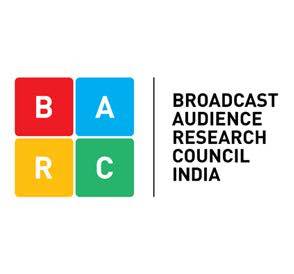
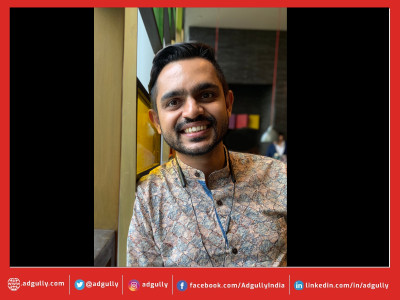
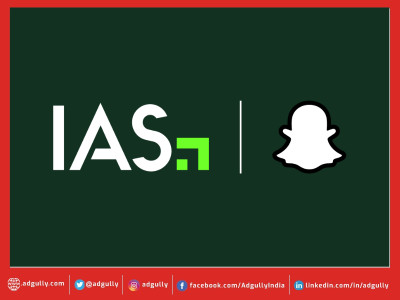


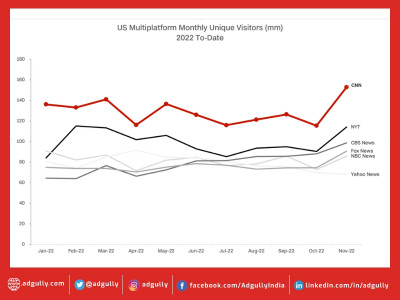
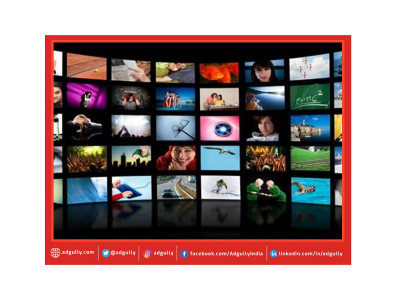
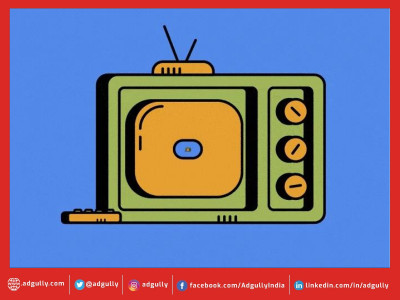
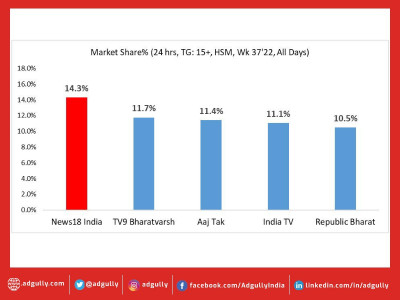

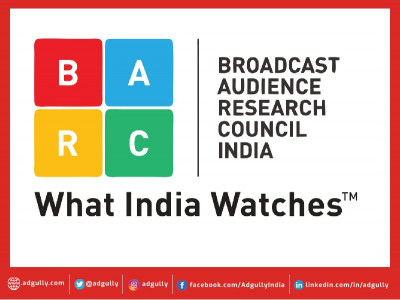
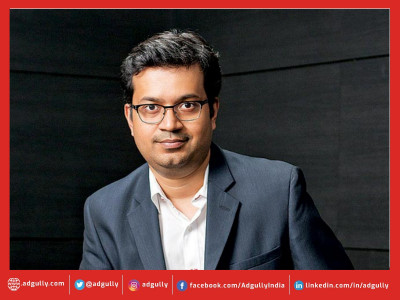

Share
Facebook
YouTube
Tweet
Twitter
LinkedIn